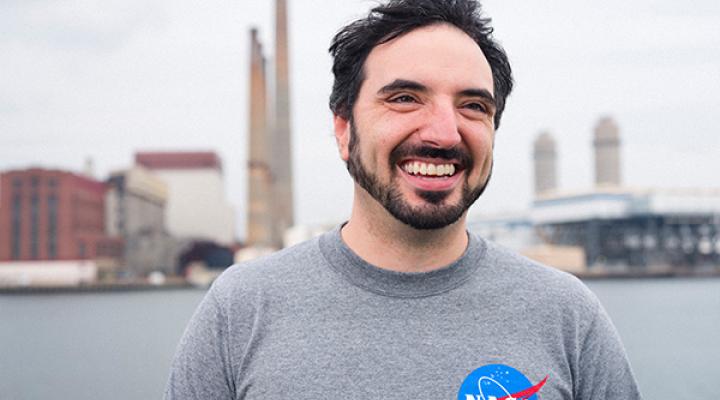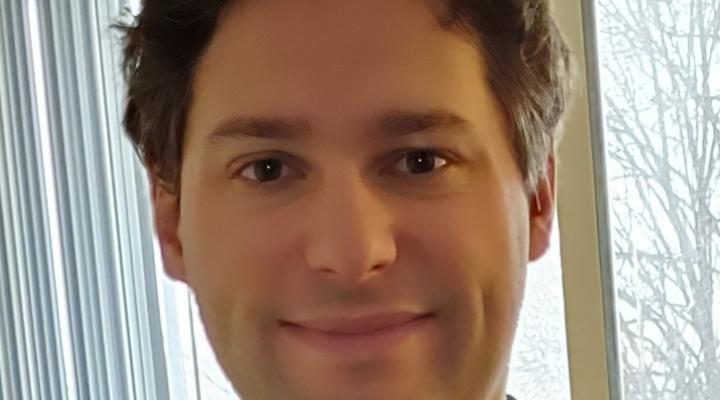Elaine Petro has joined the faculty of Cornell’s Sibley School of Mechanical and Aerospace Engineering (MAE) as an assistant professor. Petro, who started in July 2020, is thrilled to be at Cornell. “Cornell has all the pieces already in place for me to build the research program I want to build,” says Petro. “I wanted to be at a place that is already strong in engineering, space science, and plasma science and Cornell is one of very few schools that fits that description.”
Petro’s says her research “straddles propulsion engineering and planetary exploration.” She will explore in situ resources (those found on other bodies in the solar system) that can be used for propellants and novel architectures that can take advantage of these resources for planetary exploration.
Before coming to Cornell, Petro had a position as a post-doctoral research associate at MIT’s Space Propulsion Laboratory, studying ion propulsion for small satellites. Petro earned her Ph.D. in aerospace, aeronautical, and astronautical engineering at the University of Maryland College Park, where she worked with Professor Ray Sedwick, studying water-based spacecraft propulsion. Before starting her doctoral studies, Petro worked at NASA’s Goddard Space Flight Center in Maryland supporting the James Webb Space Telescope and the Mars Atmosphere and Volatile Evolution missions.
Working at Goddard after earning her B.S. in aerospace engineering from the University of Maryland was, in an odd way, a bit of a homecoming for Petro. “When I was growing up, my mom worked at Goddard sewing protective thermal blankets for use on spacecraft,” says Petro, “and my dad also worked there, applying thermal coatings to spacecraft. I even got to see two shuttle launches because of their work. Because my parents exposed me to what NASA does, I was always really interested in space and the planets. I was also always good at--and enjoyed--math and science, so it wasn’t hard to choose aerospace engineering as my field.”
Petro enjoyed her three years working at Goddard before starting her doctoral studies. “You get a different perspective working on ‘real’ projects that aren’t simply isolated thought experiments,” says Petro. “The things we made at Goddard had to exist and succeed in the real world, with all of its budgetary and political and logistical constraints.” As an academic, Petro feels this awareness of the non-technical constraints on space technology adds a useful dimension to her work.
A draw away from Goddard and back to academia for Petro is the opportunity to try things that are a little more experimental in nature. “The projects NASA sends into space are so high stakes and require such reliability and confidence,” says Petro, “that there is not really any room for risky engineering or untried technologies. If you want to come up with new designs or try new things, the university is the place to do that.”
Petro’s work at Cornell will continue to focus on propulsion engineering for planetary exploration. Her specialty is ion propulsion, which allows you to apply a small, steady force over long periods of time to acheive very high velocities. The basis for the systems Petro works with is water—a resource which is proving to be abundant throughout the solar system. Water molecules can be ionized and then the ionized molecules can be accelerated using electric fields. When these accelerated molecules are focused and directed out of a spacecraft, the craft is propelled forward. Ion propulsion may sound like the stuff of science fiction, but Petro points out that Robert Goddard studied the technology in the very early 1900s.
Petro is excited to be at Cornell and is currently recruiting graduate students to join her lab. In the fall semester of 2020 she is teaching a class on the physics and engineering behind space propulsion.






